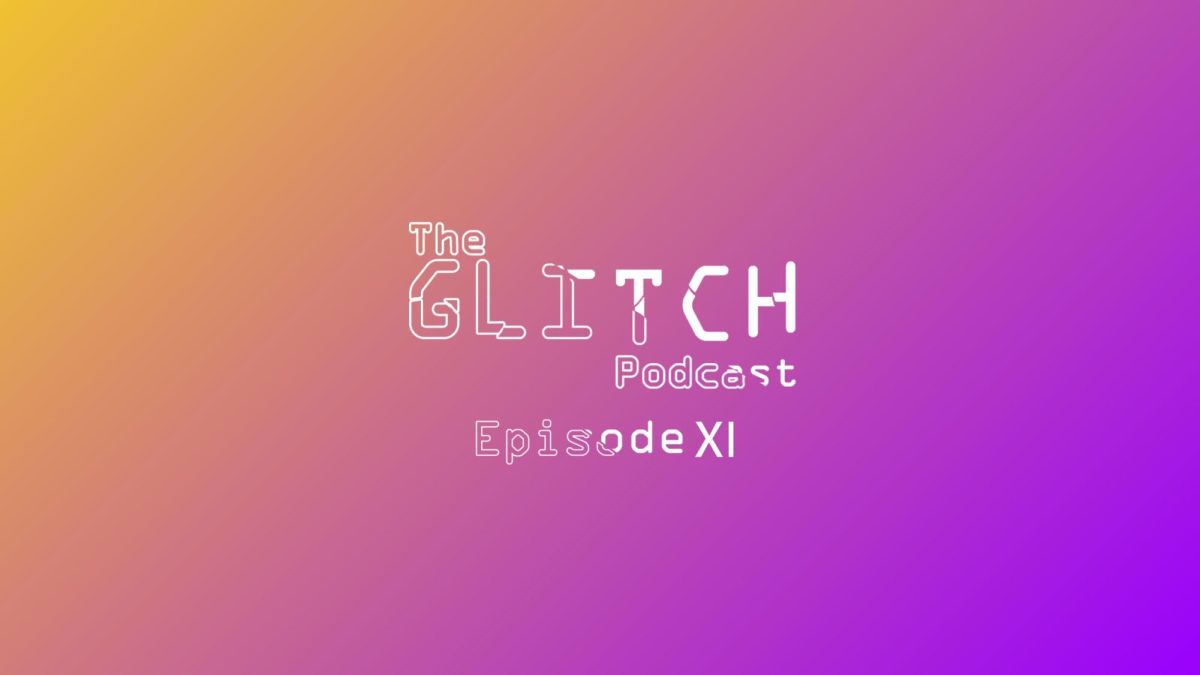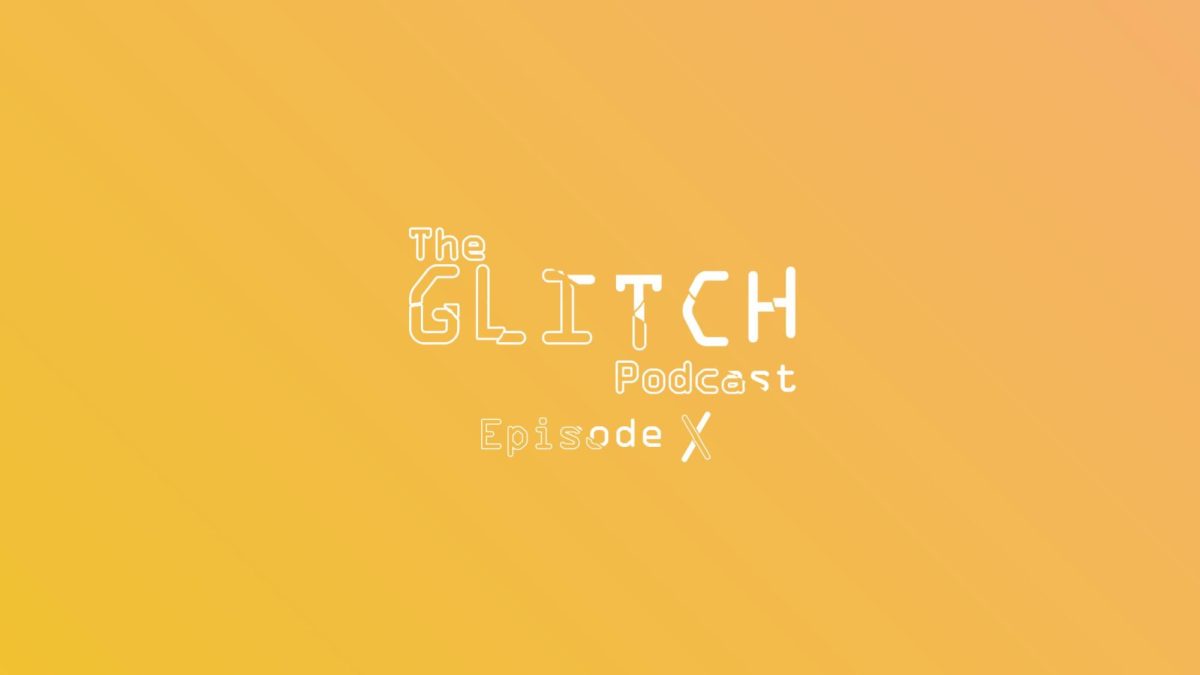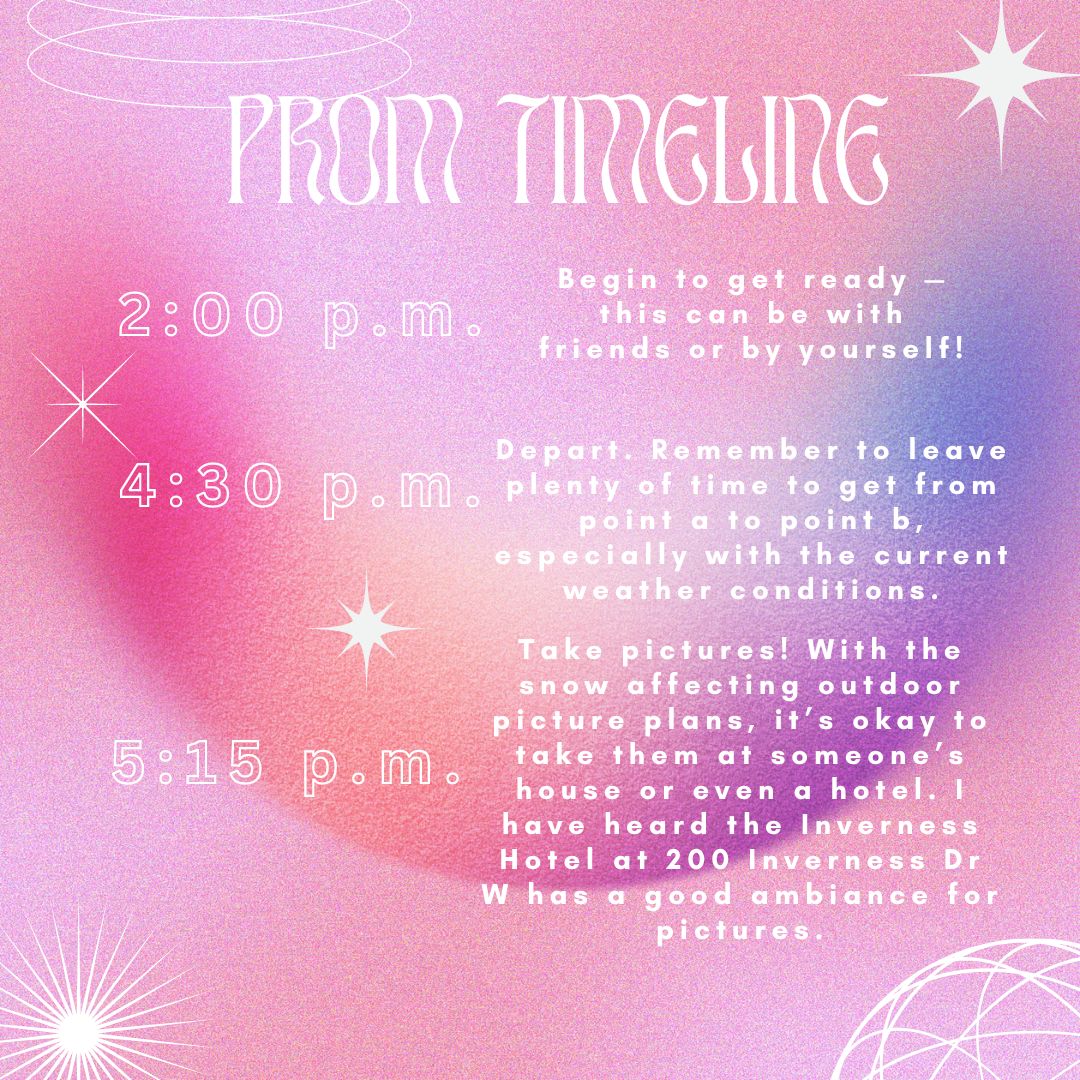Let’s talk about consumerism.
Don’t worry, this isn’t a lecture, it’s not even a full case study (though if you want to read an interesting article about its history, here you go).
I’m talking about our constant want for more. There’s something in our conditioning that tells us “Hey, if you don’t get this, you’re missing out.”
Advertisers use a wide range of psychological techniques to get us to spend, that much is clear.
There’s an element of justification to it. If it’s a pair of jeans or a top, it’s an “essential.” If it’s something from Starbucks or Twisted Sugar, it’s “food money.” A new lotion or hair product is “self-care.” If it’s something important (which all of them are), that hardly constitutes as spending money. And so the cycle of wanting and buying continues when in reality, I don’t need anything I’m purchasing.
It’s possible I just suck at budgeting. But when I look at the spending of people around me, I think chronic Target runs are somewhat of a universal experience. My friends and I talk all the time about what new products are being sold and when we can pick them up. I mean, why else do malls exist if not to centralize our shopping and make the experience easier?
We live in a society that glamorizes excess. I was intrigued to find out this didn’t, in fact, start with us or our parents in the 80s, but back when World War II ended. The economy was booming, families were expanding and spending was almost patriotic— a way to contribute to America’s success. Technological advances made things like dishwashers and vacuum cleaners a step toward a bright future.
If we jump forward to the present day and look at TikTok, or all social media for that matter, it feels like new crazes, commonly referred to as “micro trends” are popping up every week. Short-form content is made to be mass-produced for more views and, you guessed it, more money. From dances to clothing to phrases to water bottles, society is being fast-tracked. Why can’t we be happy with what we already have? Studies have even shown the more influencers someone follows, the more often they buy clothing.
Okay, so we’re spending money, helping the economy and staying on trend. What’s the big deal?
Well if you’ve seen influencers promoting brands, I could probably bet you’ve heard the term “fast fashion,” too. Brands like Shein, Brandy Melville and Temu, some popular names on a list of dozens of unethical and unsustainable companies, tout their low prices for fashionable products.
By partnering with influencers, these brands have made themselves seem more desirable. And it’s a win-win for them; content creators garner more popularity and money; and brands build their customer base and profits.
It’s not a win for us, though, even if it seems like it is. Think about it– we’re spending more money on more things that put more waste into the environment just so we can feel like we’re more than we are now.
10% of global carbon emissions are a result of fashion production. And it’s certainly not a win for the thousands of underpaid workers with wages as low as 33 cents per hour as of 2022. It’s convenient, but it’s heartless.
And it’s such a layered problem because it doesn’t just affect America or social media or a handful of brands. It’s not just fast fashion, it’s a mindset that pushes us to constantly fight against missing out on such a large scale it’s no wonder we all feel a disconnect.
From a societal perspective, it’s something that tells us we’ll never be enough, that we have to drain ourselves and our bank accounts to be a part of this week’s trend. And from an environmental perspective? Frankly, it’s horrifying that we know we’re destroying the world in the name of trendy, unethical products.
This massive part of our culture can’t be avoided, and I’m not shaming anyone for participating in what’s become day-to-day life. I’ve fed into everything too– the deals, the fast fashion, the feeling that “more” is what I need. But what we can do is be mindful about our spending not just for the sake of our wallets, but the sake of the world.



![Minutes before the Activities Fair in the gym, president Abhi Gowda ‘26 prepares the stall for his club Helping Hands, Sept. 4. A relatively new club, Helping Hands was co-started by Gowda and focuses on assisting the homeless, and just last year they succeeded in raising a couple hundred donations to send to shelters. This year, they have goals to expand, with hopes to increase volunteer opportunities and take in-person trips to shelters, as well as extend their help beyond just homeless people. “The Activities Fair gives a lot of underclassmen the opportunity to really get to know the Canyon culture, and it gives them many opportunities for service and volunteering,” Gowda said. “[Through the Activities Fair,] I hope to find a bunch of new and passionate members about our club and just get our name out there and spread awareness to the cause that we’re fighting for.”](https://rockmediaonline.org/wp-content/uploads/2025/09/1-2-1200x885.jpg)







![The winter guard team makes fifth place at the state championship finals in the Denver Coliseum, March 30. The team performed to Barnes Country's “Glitter and Gold,” lead by coaches Margo Sanford, Blair Bickerton and Anna Orgren. In their class there were a total of nine groups participating, and the top five who made it to finals received a plaque. “[Walking onto the stage] is very nerve-wracking, but also very exciting as well. When you first start color guard there's a lot of anxiety and uncertainty when you first perform in front of an audience, but once you've done it for a while, it starts to become the best part of the season,” Ella West ‘25 said. “It's very fulfilling to see an audience react to something you've put your heart and soul into.”](https://rockmediaonline.org/wp-content/uploads/2025/04/Both-socal-media-nd-website-main-1-1200x846.jpg)


![April marks the 25th anniversary of Sexual Assault Awareness Month, created by the National Sexual Violence Resource Center (NSVRC). This month is to spread awareness of the harassment, assault and abuse that happens around the world. The symbol that represented the month was a teal ribbon; however, some survivors of assault create different symbols and movements like the TikTok trend in 2022, where survivors would tattoo Medusa on their body, in honor of her backstory in Greek Mythology. “I don't think [this month is known] at all. I rarely see anybody talk about it. I rarely see much of an emphasis on posting it online, or much discussion about it, and I feel like there needs to be way more discussion,” an anonymous source said. “I think just validating every experience that a person has gone through, regardless of the degree of it, the severity, is an essential step into making sure that people are aware that this is a very real problem in a society and that we need to do better in addressing it.”](https://rockmediaonline.org/wp-content/uploads/2025/04/IMG_0011-1200x900.jpg)












![Lesbian Visibility Day is April 26, and it’s a holiday to celebrate the lesbian community of the world. Lesbian Visibility day was established in 2008 by many queer activists and organizations who sought to raise more awareness for lesbian history and culture. “So this is why during Lesbian Visibility [Day] we celebrate and center all lesbians, both cis and trans, while also showing solidarity with all LGBTQ+ women and nonbinary people,” Linda Reily, in an article written by her, said.](https://rockmediaonline.org/wp-content/uploads/2025/04/Lesbian-Visibility-day.jpeg)












